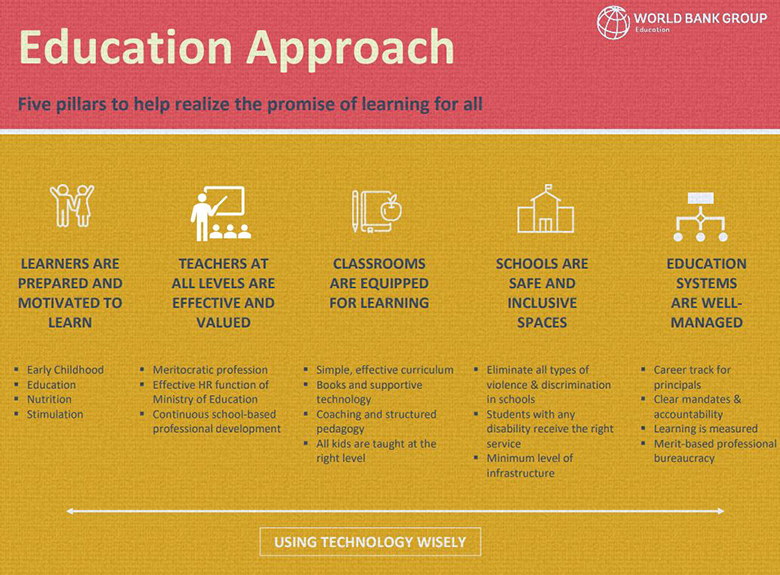What Can Be Done to Ensure Children Learn to Read?
For example, in Egypt, the government is implementing a reform program to change its curriculum and assessment systems so students are evaluated throughout the year, with exams that focus on acquiring skills, and teachers receiving coaching and peer-learning credentials. A key element of the reforms has been a shift toward learning, not to get a credential. And in Brazil, in states like Ceara, Espirito Santo, Acre, and Pernambuco, the quality of delivery of the education service is steadily improving, showing that change is possible. These are just a few examples; more are described in the new paper: “Ending Learning Poverty: What will it take?”
Successful countries invest in shifting the mindsets of all actors of the education system to focus relentlessly on learning. They provide teachers with support materials, like teaching guides, that can facilitate their day-to-day work; provide coaching and feedback to teachers to improve their classroom practices; assure that all children have reading material; and assure a simple and effective curriculum to guide teachers.
Systems with stronger institutional capacity increase their investment in quality early childhood education, implement structures that enable children to be taught at the right level, and strengthen the principals’ career stream. In all cases technology can make implementation of these interventions more cost effective – and measurement of learning is essential to monitor progress and guide system improvement. Although the type of assessment may vary, it is essential for assessment systems to have well-defined ways of feeding information on student performance back into the system to drive decisions.
To succeed and focus the whole system around student learning, countries will want to take a two-pronged approach, implementing short-term reforms today – as outlined in the Literacy Policy Package – that will improve service delivery for the students going to school now. At the same, they will want to establish systemic changes to improve how the education system functions over the long term. The Education Approach may include reforming the teaching career to attract and retain good professionals, reform preservice training, reform the management structure of the whole system, and expand infrastructure.

View full image here.
Education Interventions Are Not Enough
Water and sanitation, transportation, cash transfer programs, health and nutrition, and civil service reforms—all are essential to improve learning. The World Bank Group’s Human Capital Project recognizes the need for a whole-of-government approach to improve human capital. Reducing the rate of learning poverty is also going to require renewed attention to the role that families and communities play in building the demand for education, creating the right environment for learning, and creating social demand for the right education reforms.
Join Our Movement to End Learning Poverty
As a way to engage on what it will take to end the learning crisis, our new global campaign, Literacy Makes Sense, offers ideas to key stakeholders in the education community – such as parents, teachers, principals, education officials, and employers – on what actions they can take to engage on this issue and help end learning poverty.
Join us and be part of the movement to end #LearningPoverty, because literacy makes sense! Everyone has a role to play.